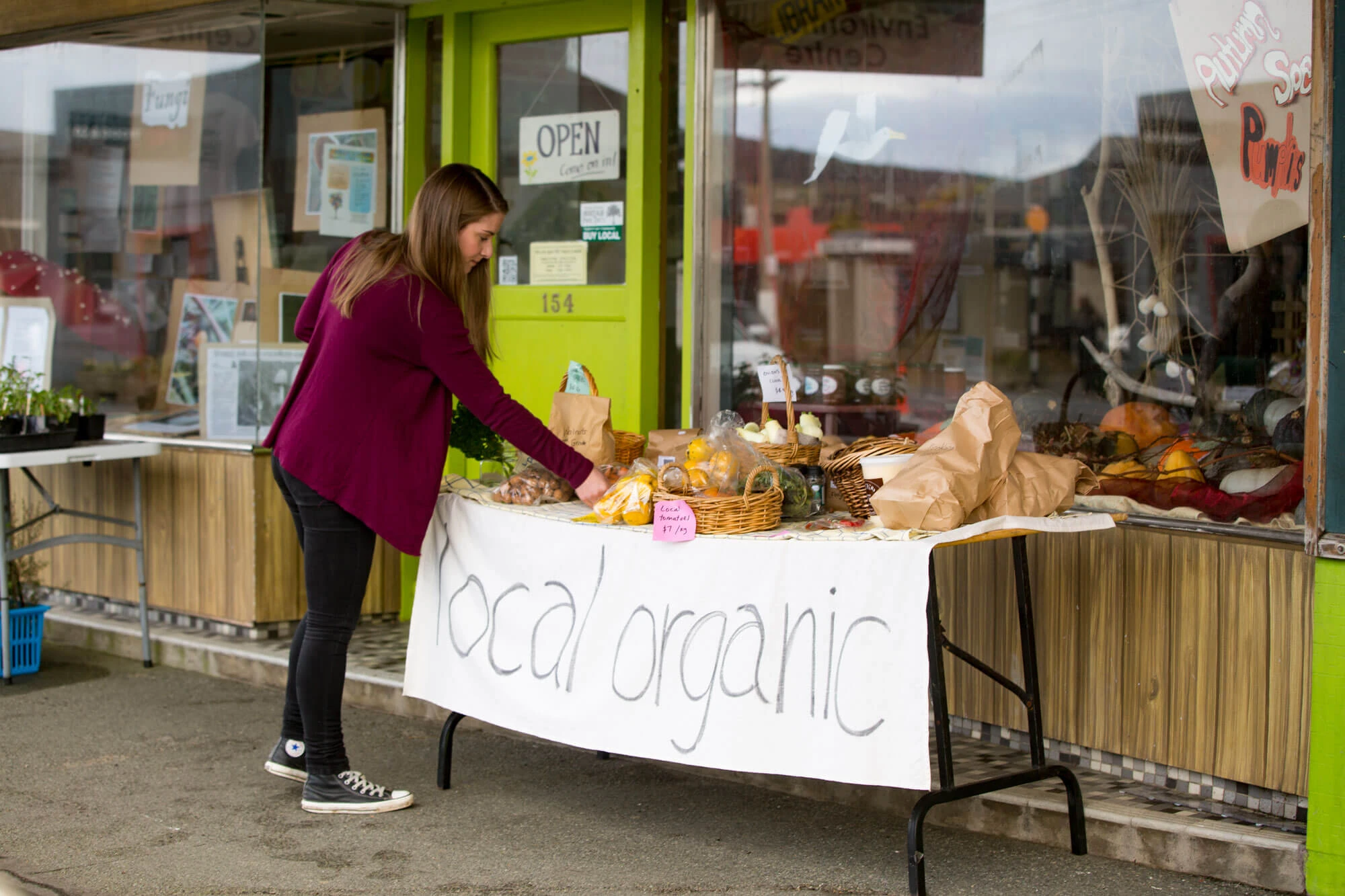Gooseberry (Ribes glossularia)
Introduction
The gooseberry (Ribes grossularia) is native to Britain, where it has been cultivated since the thirteenth century. The plant is self fertile and one bush can produce many kilograms of fruit once mature. Gooseberries excel in cool climates and are tolerant of most soils but not of waterlogging. Growth may be weak on poor gravel soils or soft and disease susceptible on heavy clays.
A position in full sun is best for early ripening. Bushes can be planted against north or east walls to give extra-late crops. As gooseberries flower early in the spring it is important not to plant them in low-lying, frosty areas.
Growing Gooseberries
| Propagation: | Gooseberries are best propagated by cuttings rather than raising from seed; cuttings planted in the autumn will take root quickly and can begin to bear fruit within a few years. |
| Yields/ha: | Yields vary. Expect 2–3 kg of fuit per bush as a minimum. |
| Full production: | Expected by year 3. |
| Time of maturity: | Ready for harvest in mid summer. |
| Crop protection: | The ripe berries are very attractive to birds, so net covers are needed. |
| Soil type: | Tolerant of most soils but not of waterlogging. Growth may be weak on poor gravel soils or soft and disease susceptible on heavy clays. |
| Fertilisers: | General fertilisers needed. Watch soft growth if too much N is applied. |
| Weed control: | Needed especially at establishment. |
| Pest/Diseases: | Nothing obvious. |
| Harvesting: | Harvesting by hand is the only option at this stage. |
| Marketing: | Local markets will be the best. |





